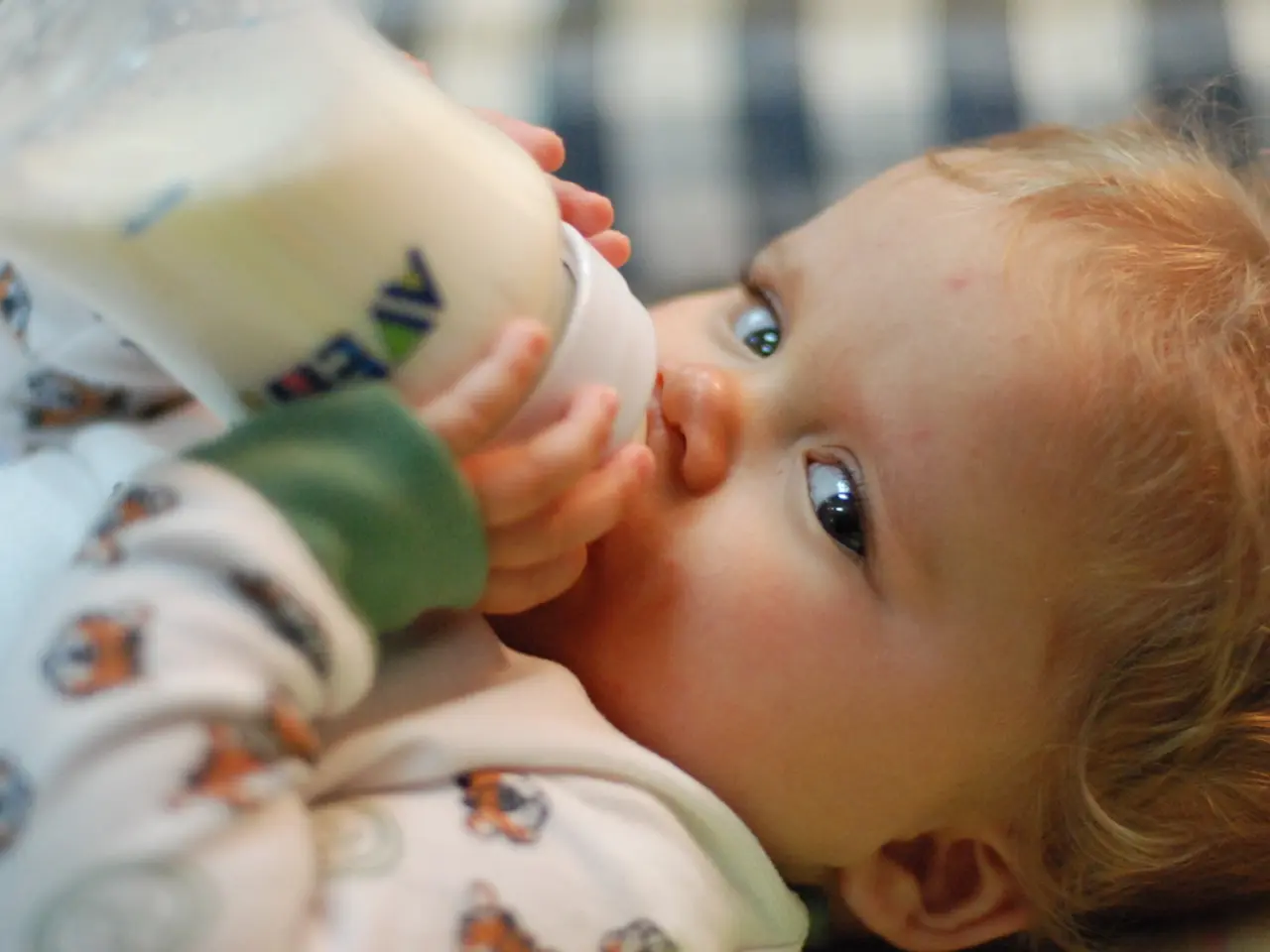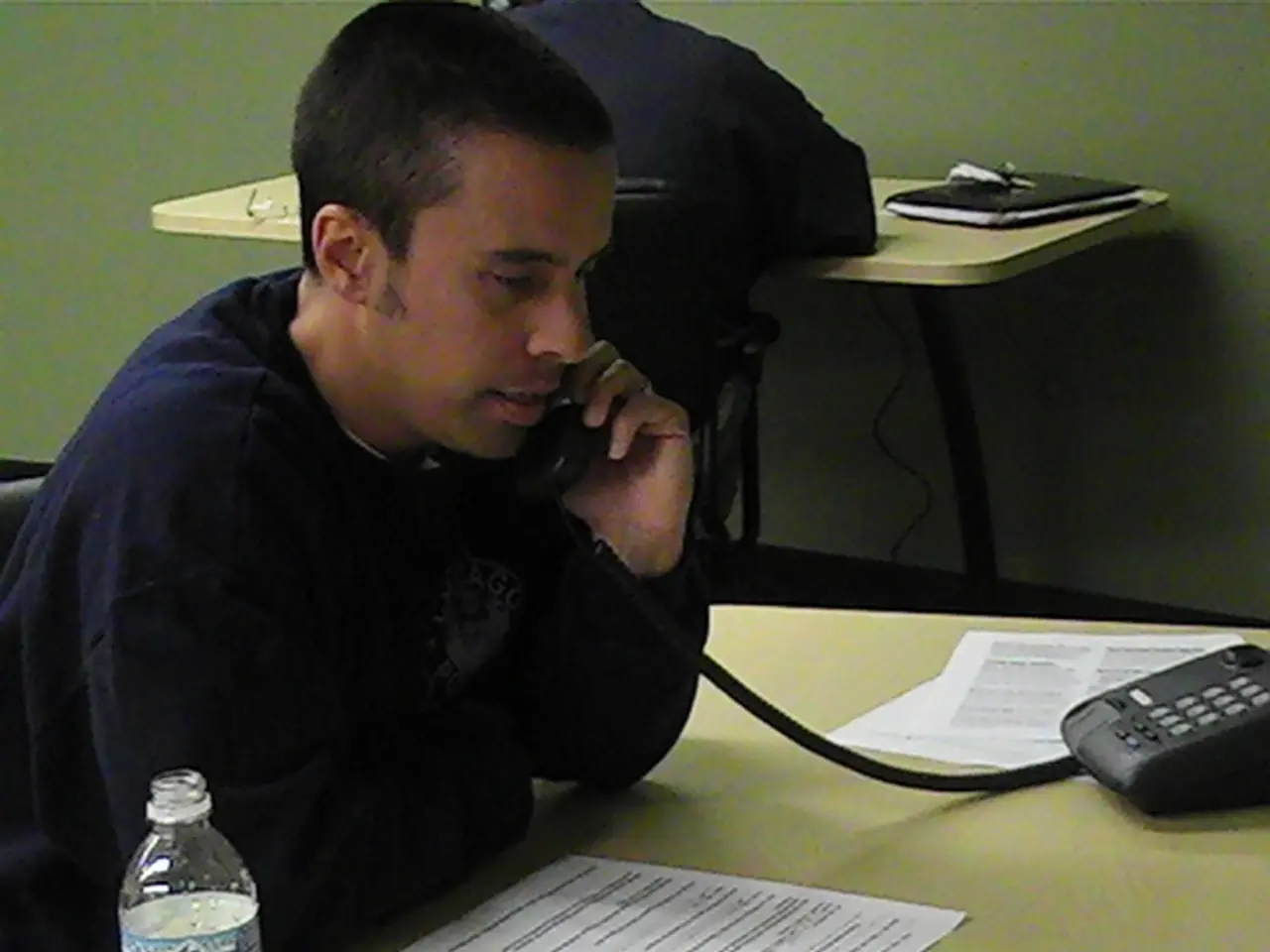'Crying out loud: the daring methods to nourish infants in Gaza'
================================================================================
In the Gaza Strip, a severe shortage of infant formula and food, caused by a total siege and halted humanitarian aid, is leading to increasingly dire options for infant feeding. With breastfeeding as the safest and most viable feeding option amid acute malnutrition and famine conditions, the high rates of malnutrition among breastfeeding mothers are compromising the health of infants.
Breastfeeding remains the primary recommended method since imports of infant formula are critically low or unavailable due to the siege. However, with 43% of pregnant and breastfeeding women severely malnourished, their breastmilk supply and nutritional quality are significantly reduced, posing a risk to the infants' health.
The lack of infant formula means many families cannot safely supplement or substitute breastfeeding, raising malnutrition risks among infants under five, who are already experiencing a 10-fold surge in acute malnutrition seen at clinics. Humanitarian aid and food imports are severely restricted, making access to infant formula and other complementary foods extremely limited. This situation contributes significantly to the worsening famine and starvation conditions documented by multiple agencies.
Three-month-old Muntaha, who weighs about 3.5 kilograms, barely more than half of what a full-term baby her age would normally weigh, is one of the many infants struggling to find adequate nutrition in Gaza. Muntaha's mother died a few weeks after giving birth due to being hit by a bullet while pregnant. Her family is facing difficulties in feeding her due to the scarcity of infant formula in Gaza.
In the paediatric ward of Al-Aqsa Martyrs Hospital, the infant formula supply is mostly depleted. If a child in Gaza does not get access to milk immediately, they may die within three or four days, according to a doctor at the hospital. Muntaha suffers from stomach problems like vomiting and diarrhea after feeding. Medical staff at the hospital are witnessing the deterioration of children's health with no way to safely feed them.
The situation in Gaza is grave, with more than 154 people, including 89 children, having reportedly died from hunger-related causes according to Gazan health authorities. The UN World Food Programme is still not receiving the necessary permissions to deliver enough aid in Gaza, exacerbating the crisis.
As the situation in Gaza continues to deteriorate, the need for urgent humanitarian intervention becomes increasingly urgent. Breastfeeding remains the main infant feeding option in Gaza, but widespread maternal malnutrition and lack of supplemental infant formula are exacerbating infant malnutrition and mortality risks. There is no safe, widely available alternative feeding method currently accessible in the Gaza Strip.
- Despite the critical shortage of infant formula and food in the Gaza Strip, breastfeeding remains the safest and most viable feeding option amid acute malnutrition and famine conditions.
- The high rates of malnutrition among breastfeeding mothers in Gaza are compromising the health of infants due to their reduced breastmilk supply and nutritional quality.
- Imports of infant formula are critically low or unavailable due to the siege in the Gaza Strip, making it difficult for families to safely supplement or substitute breastfeeding.
- The lack of infant formula means malnutrition risks among infants under five are rising significantly in Gaza, where acute malnutrition has seen a 10-fold surge in clinics.
- Humanitarian aid and food imports in Gaza are severely restricted, making access to infant formula and other complementary foods extremely limited.
- The worsening famine and starvation conditions in Gaza are being documented by multiple agencies.
- Three-month-old Muntaha, who barely weighs more than half of what a full-term baby her age would normally weigh, is one of the many struggling infants in Gaza.
- Muntaha's mother died a few weeks after giving birth due to being hit by a bullet while pregnant, leaving Muntaha's family struggling to feed her in the face of the formula shortage in Gaza.
- The infant formula supply in the paediatric ward of Al-Aqsa Martyrs Hospital is mostly depleted.
- If a child in Gaza does not get immediate access to milk, they may die within three or four days, according to a doctor at the hospital.
- Muntaha suffers from stomach problems like vomiting and diarrhea after feeding.
- Medical staff at the hospital are witnessing the deterioration of children's health with no way to safely feed them.
- More than 154 people, including 89 children, have reportedly died from hunger-related causes according to Gazan health authorities.
- The UN World Food Programme is still not receiving the necessary permissions to deliver enough aid in Gaza, exacerbating the crisis.
- The need for urgent humanitarian intervention becomes increasingly urgent as the situation in Gaza continues to deteriorate.
- Breastfeeding remains the main infant feeding option in Gaza, but maternal malnutrition and the lack of supplemental infant formula are exacerbating infant malnutrition and mortality risks.
- There is no safe, widely available alternative feeding method currently accessible in the Gaza Strip.
- News of the dire situation in Gaza is spreading around the world, drawing attention to the urgent need for humanitarian aid.
- The World Health Organization (WHO) is calling for immediate action to alleviate the crisis, including increased humanitarian access and support for malnourished breastfeeding mothers.
- In the world of art, a new exhibition is on display at the Museum of Modern Art, featuring works by emerging artists from the East.
- The art world is abuzz with discussions about the role of chronic diseases in creative expression, with both medical-conditions and cardiovascular-health being a popular topic of exploration.
- In the field of business, there is growing concern about the impact of climate change on the manufacturing industry.
- According to a recent report, extreme weather events and rising temperatures are forcing companies to reconsider their supply chain strategies and investment in renewable energy.
- In the realm of health and wellness, new research is focusing on the benefits of digestive health for overall health and longevity.
- Eating a balanced diet rich in probiotics and prebiotics has been shown to improve gut health and support the immune system.
- Eye-health is another important aspect of healthcare, with experts warning of the long-term effects of extended screen time and lack of proper eye care.
- Hearing loss is a common problem, with people of all ages struggling to maintain good hearing health.
- Adequate hearing is crucial for mental-health, as it allows individuals to communicate effectively and maintain healthy relationships.
- In the field of environmental-science, researchers are studying the impact of pollution on skin-conditions, with evidence pointing to a link between air and water contamination and skin issues.
- The healthcare industry is also focusing on the growing threat of autoimmune disorders, with an estimated 50 million Americans affected.
- In the world of finance, experts are predicting a surge in managing wealth and investments as more people seek to grow their assets and secure their financial future.




